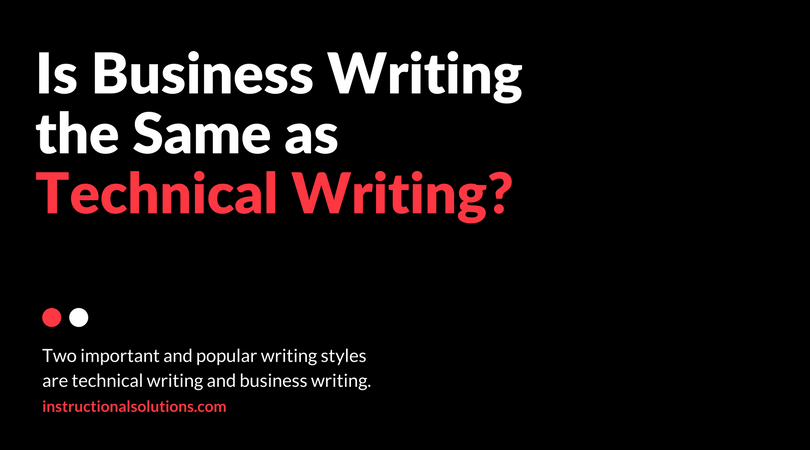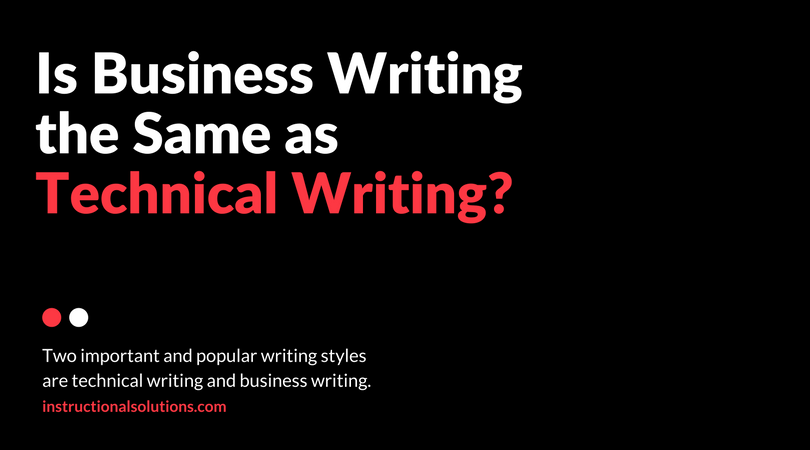The other day I met my friend Barb for lunch. She arrived at the restaurant first, and the server asked, “Just one?” Barb often eats out alone, and she frowns when she hears that question. This time she replied, “Here…
Teaching Business Communication
Connects business communication instructors with vital
news and indispensible insights. Read More
How to Unintentionally Diminish Others
How to Write a Business Email in English
A good business email is more than just using the correct grammar and vocabulary (though those are vitally important!). You also need to learn the right content and sequencing. Here’s an overview of the content and sequencing you need to use in order to write a strong business email in English.
![]()
How to Write a Business Email in English
A good business email is more than just using the correct grammar and vocabulary (though those are vitally important!). You also need to learn the right content and sequencing. Here’s an overview of the content and sequencing you need to use in order to write a strong business email in English.
![]()
Is Business Writing the Same as Technical Writing?
No matter your job, you need to be able to write. Whether it’s quarterly financial reports or daily safety records, writing is a common and crucial skill. Yet, the writing style of one field can be different and potentially inappropriate for another.
![]()
Is Business Writing the Same as Technical Writing?
No matter your job, you need to be able to write. Whether it’s quarterly financial reports or daily safety records, writing is a common and crucial skill. Yet, the writing style of one field can be different and potentially inappropriate for another.
![]()
How to Keep Your Readers’ Attention
Someone who was starting a new business asked me to review a marketing piece he had written. It was approximately 350 words long, yet not one of those words was you. Although it kept the writer’s attention–after all, it was…
10 Ways to Break Through Writer’s Block
Time clicks by on your phone and wristwatch. Your article, letter, report, email reply, or blog post is due at noon. How do you get around the obstacles that block your writing flow? Try these techniques. 1. Imagine you are…
What is Technical Writing? [New Definition for 2017]
Are you looking to understand what technical writing is and how you can become more proficient?
Technical writing continues to be a highly coveted skill in the professional workplace. Demand is expected to grow at 10% from 2014 to 2024. This is faster than the average for all occupations.
In this article we will show you an average day for a technical writer, how to improve your skills when writing complex documents, and why the field is quickly changing.
![]()
How to Use Graphics in Technical Writing
In technical business writing, the graphics – such as engineering drawings, tables, and process diagrams – complement and are integrated with the text, to inform or even to entertain the reader, depending on the writer’s objective. In this post you will learn how to correctly and incorrectly use graphics in your technical business writing.
![]()




![What is Technical Writing? [New Definition for 2017]](https://www.instructionalsolutions.com/hubfs/2017_images/Blog_2017/what-is-technical-writing.jpg?t=1510310744051)




